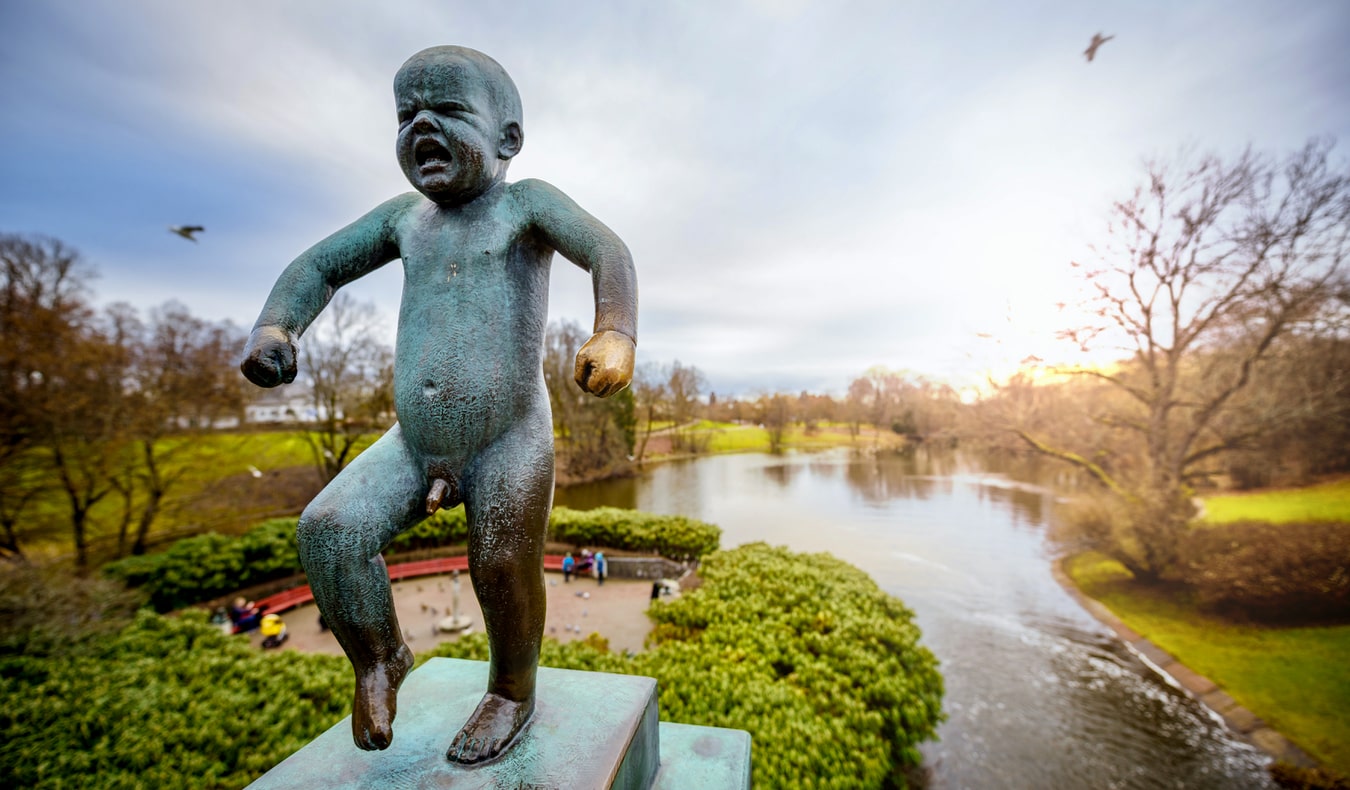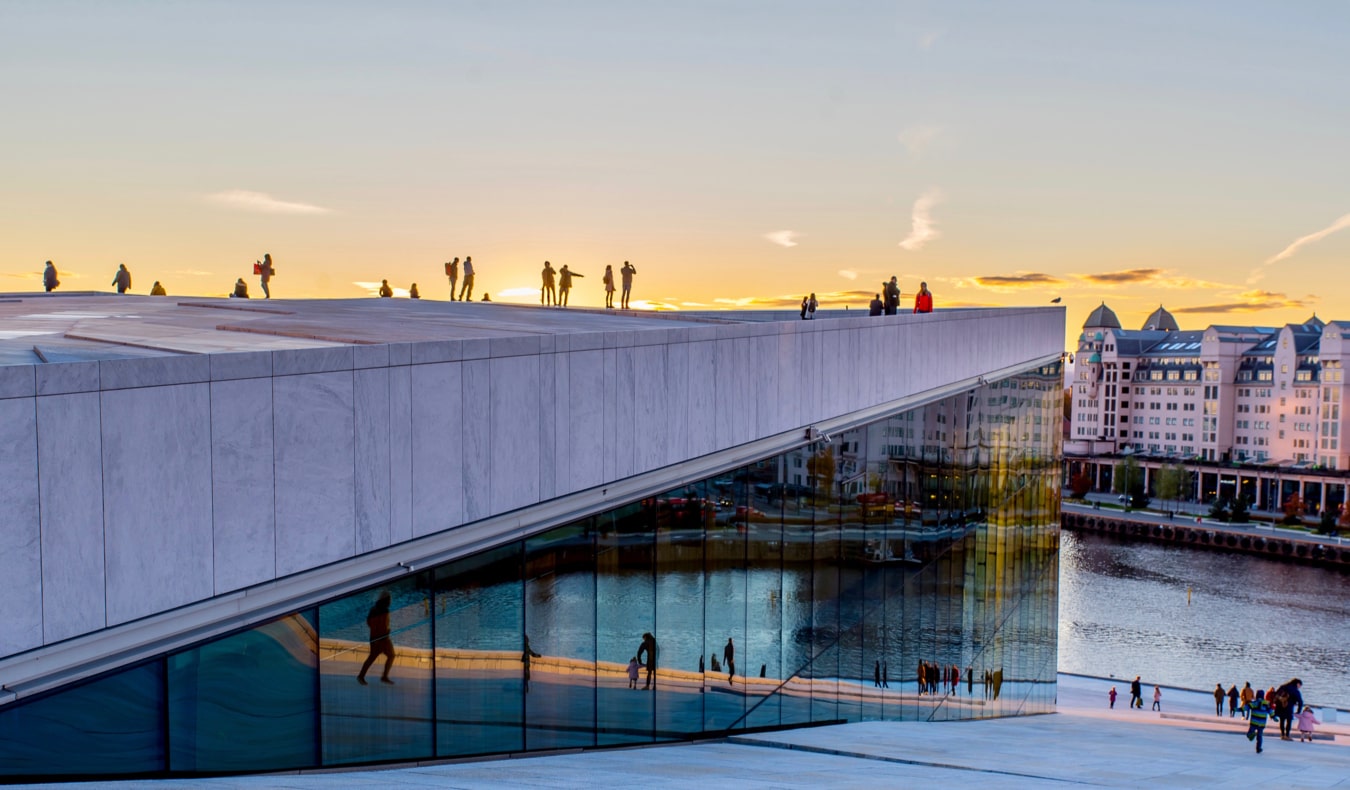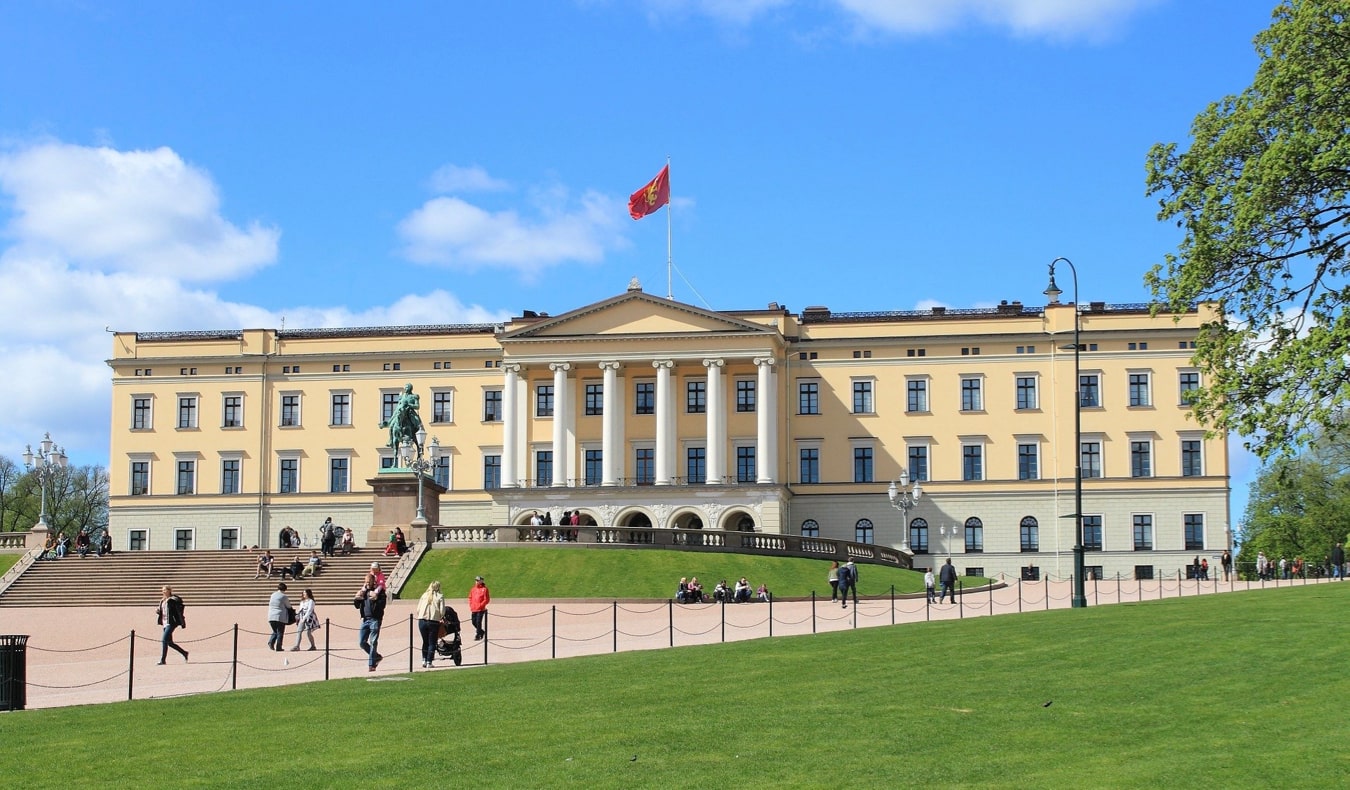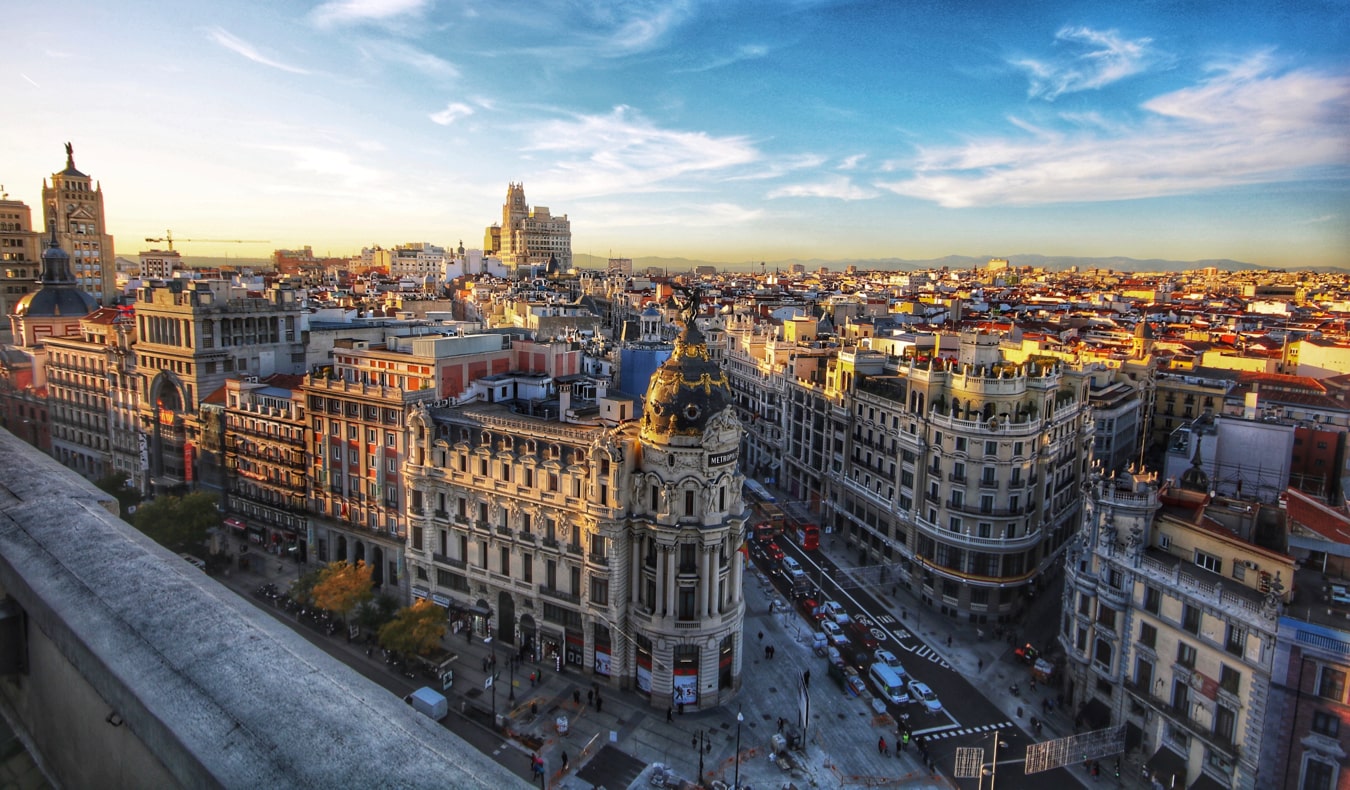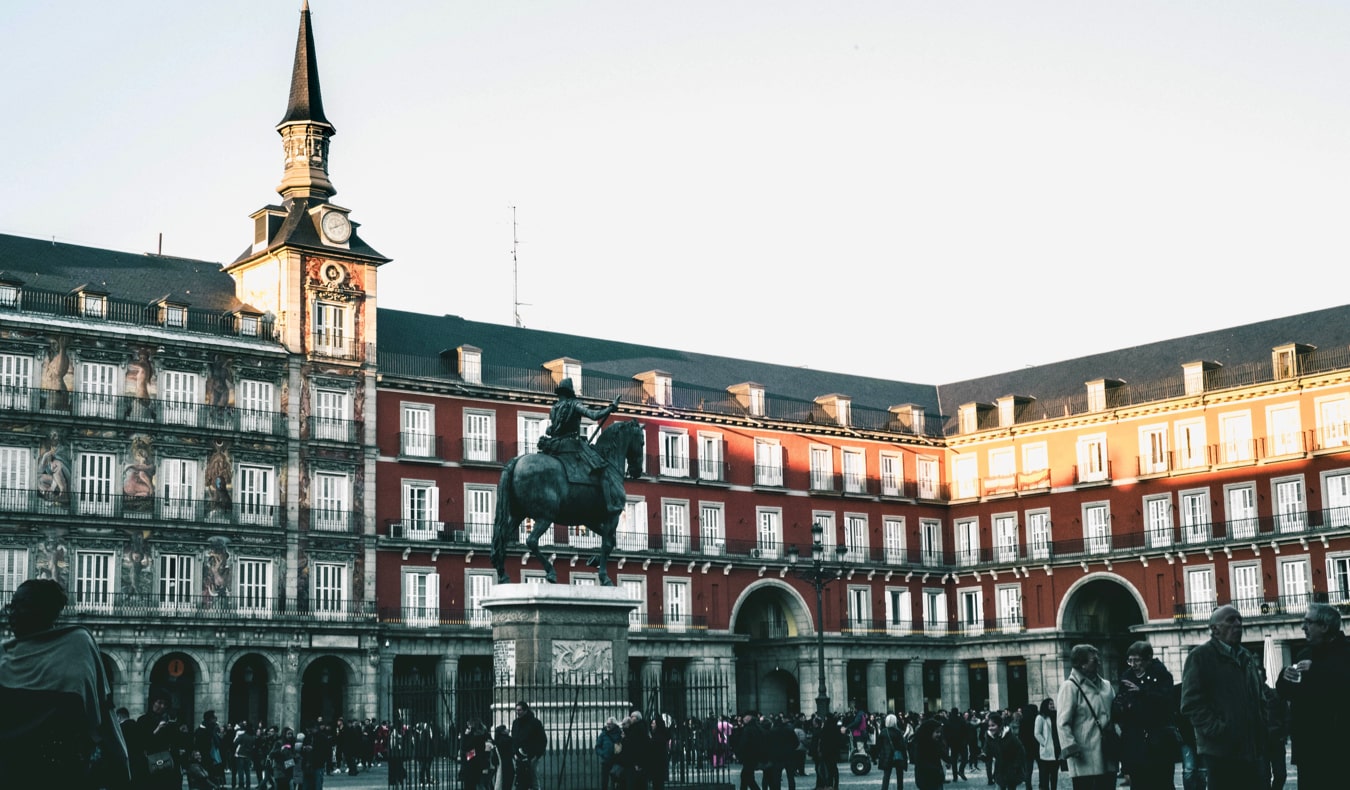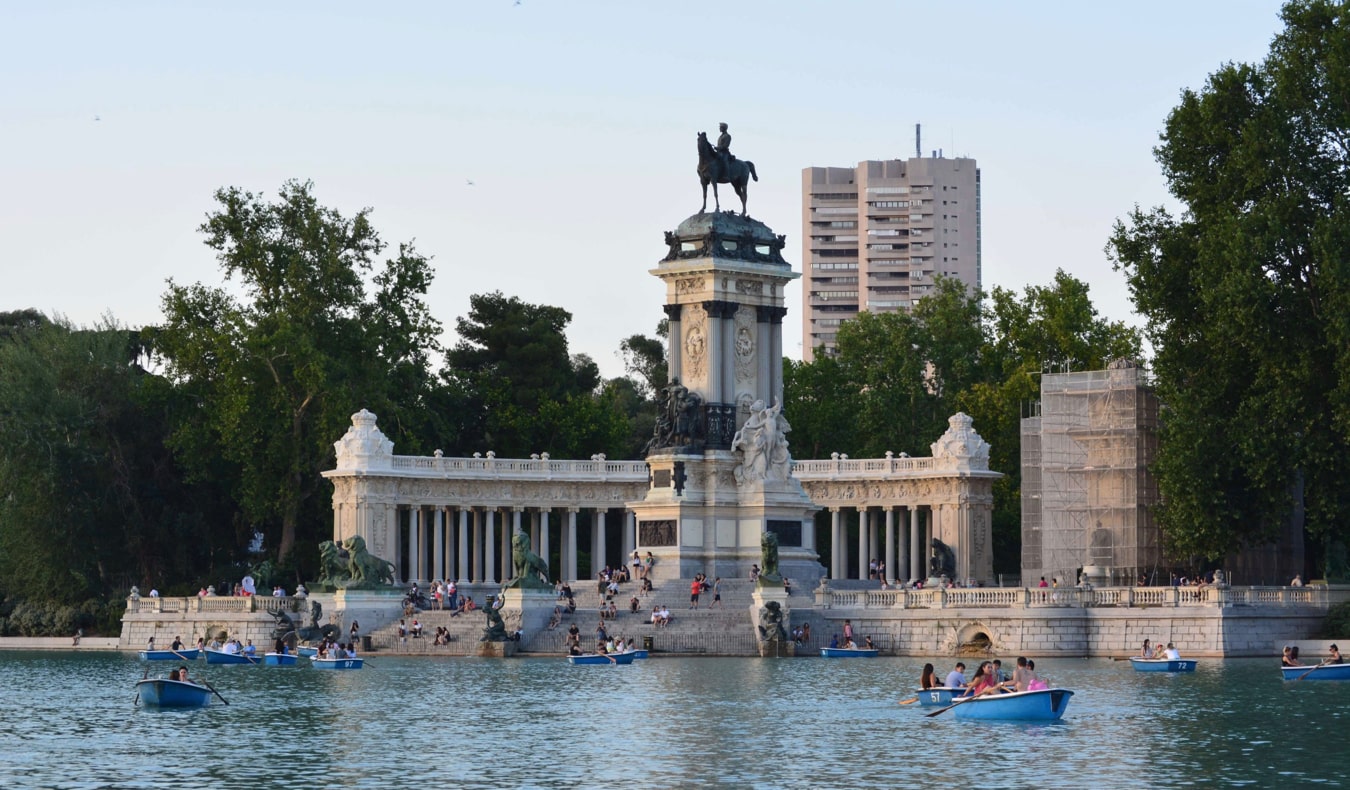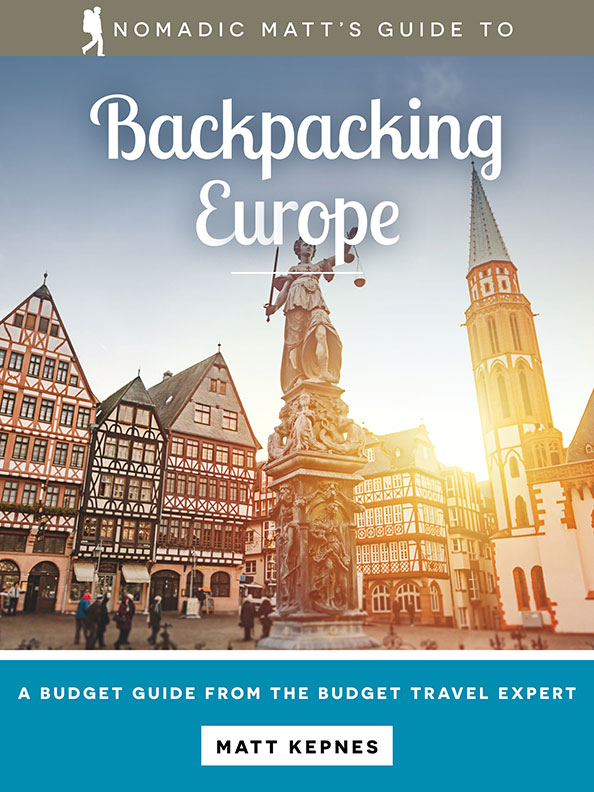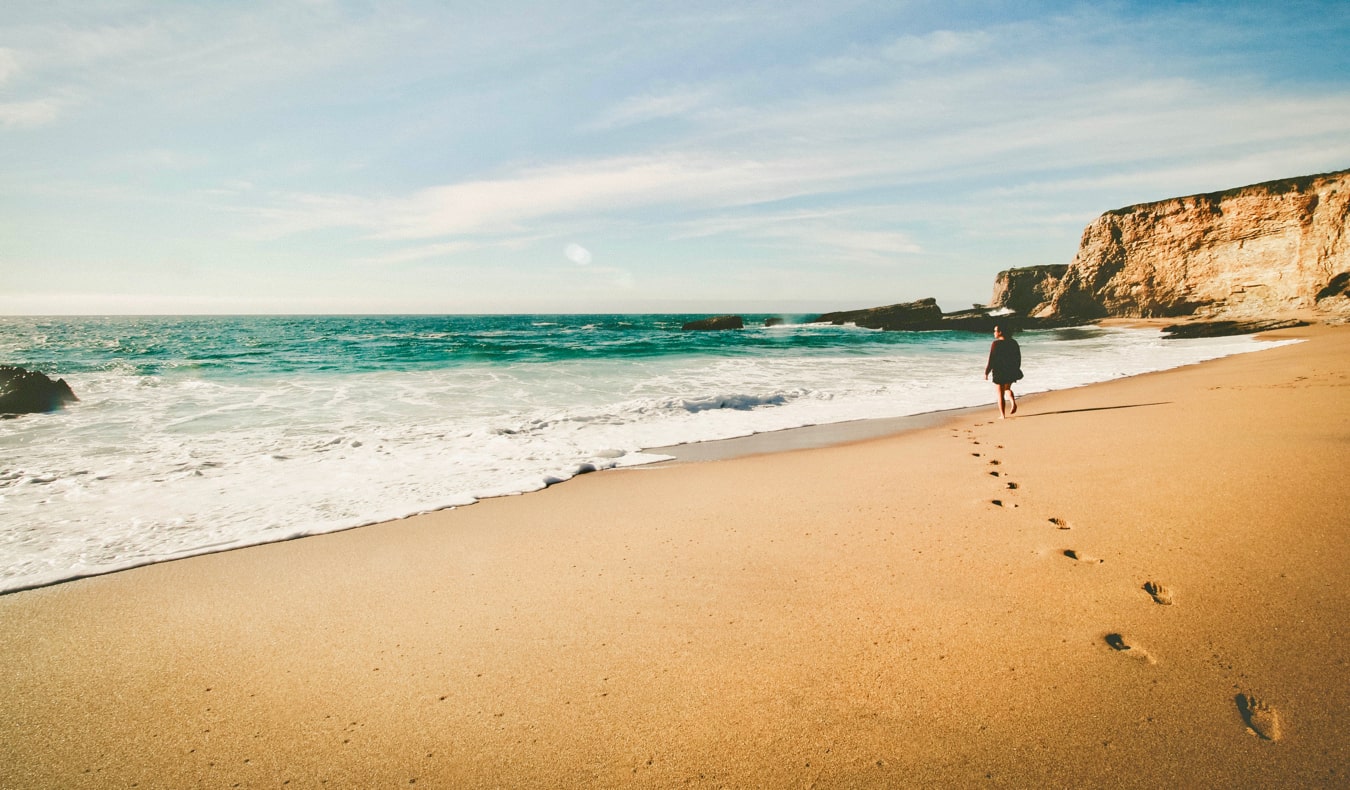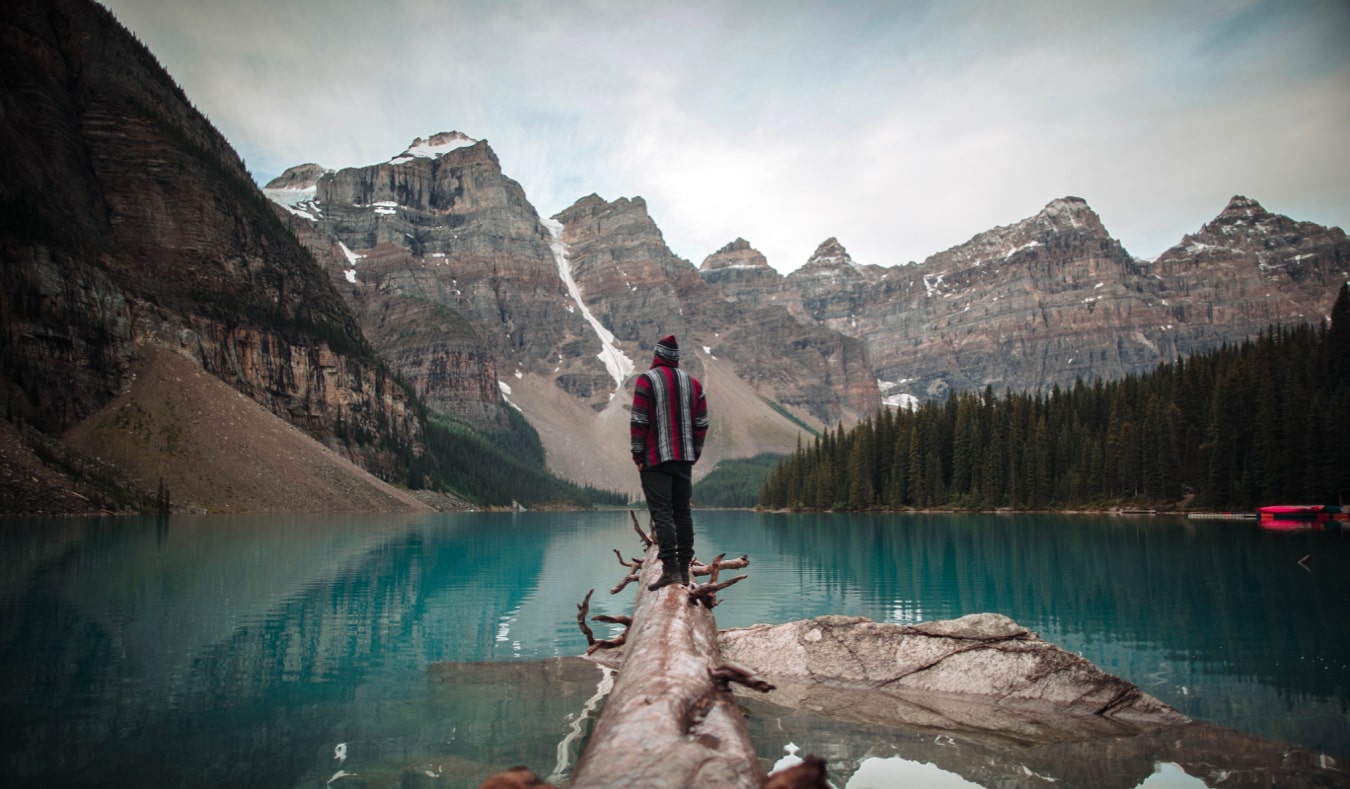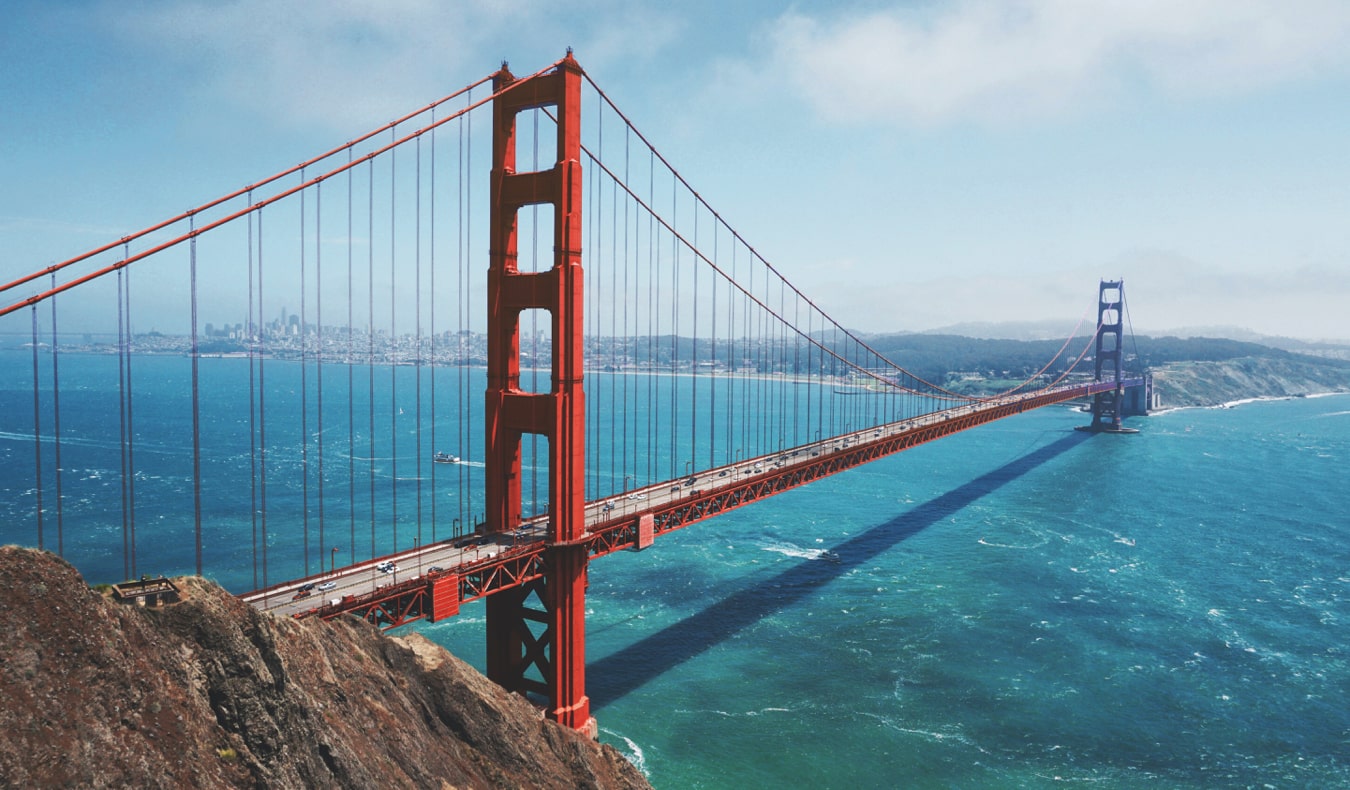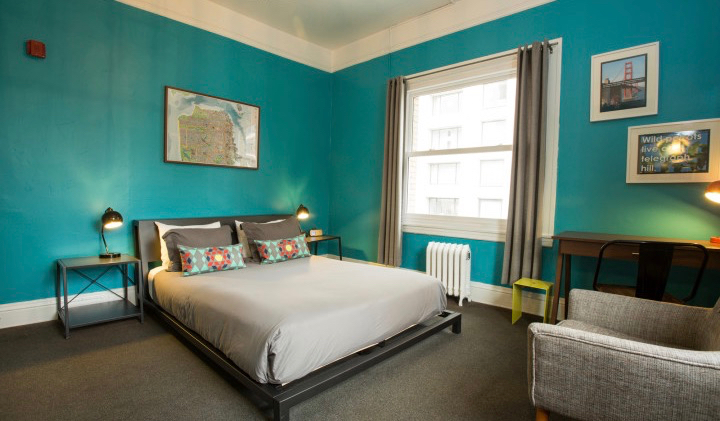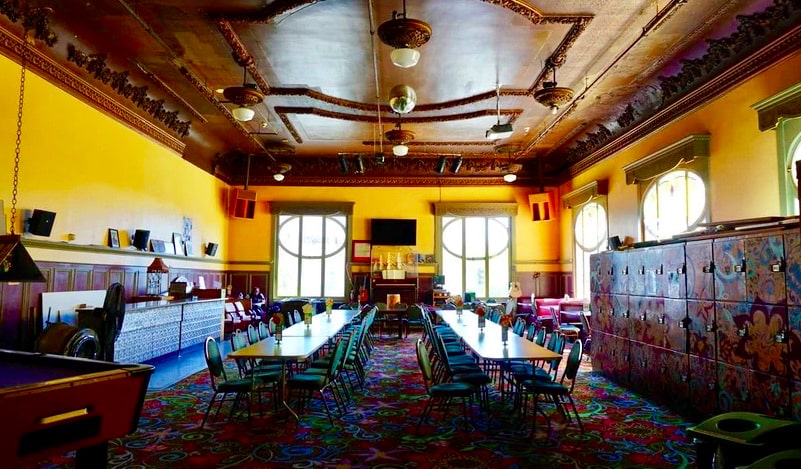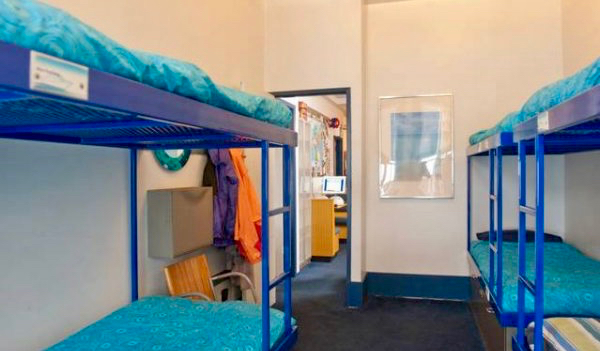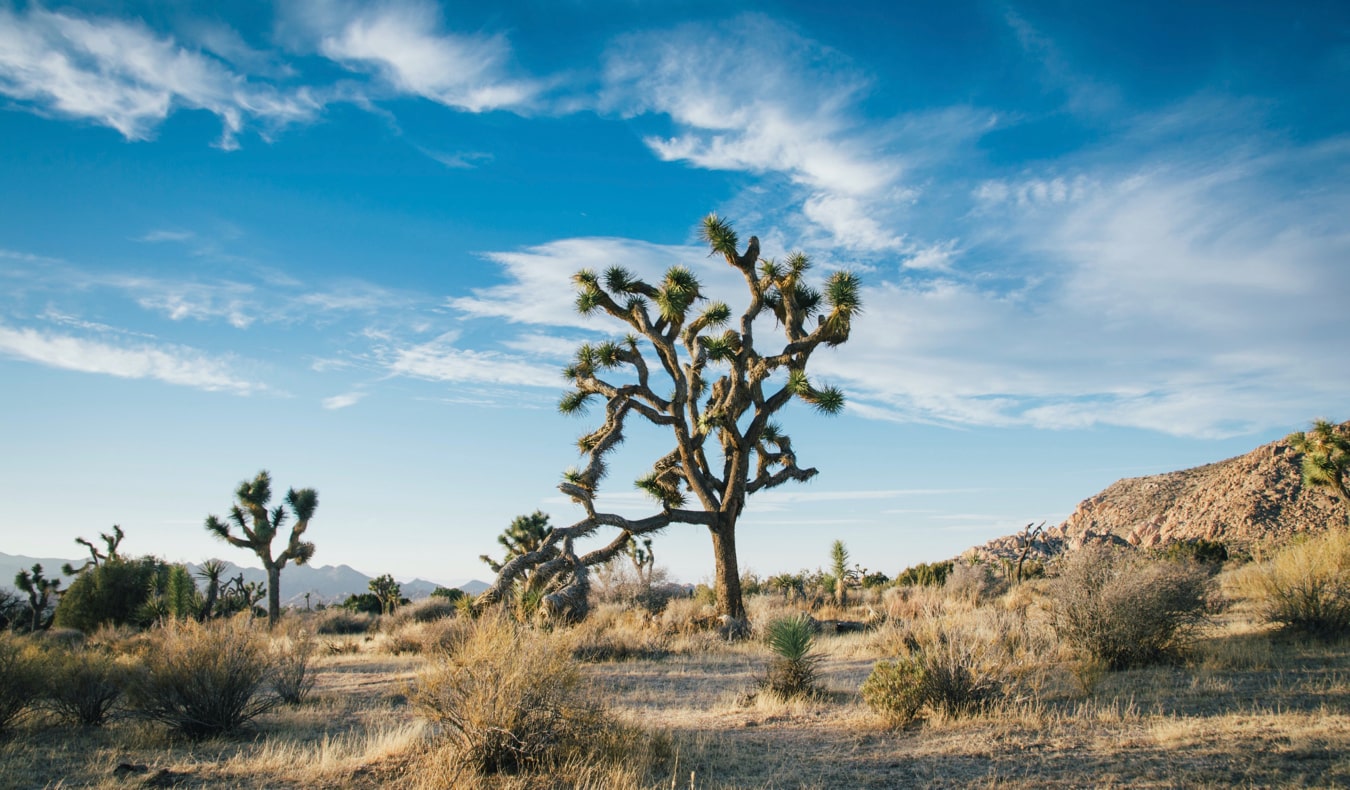
Posted: 6/29/20 | June 29th, 2020
I’ve been on many road trips around the US over the years. It’s by far my favorite way to explore the country.
One state in particular is perfect for road-tripping: California.
Occupying much of the West Coast, California is home to almost 40 million people. Here you find high mountains, giant trees, deserts, valleys, stunning beaches, and vibrant cities. It’s its own little country in some ways.
Since California is so big, I’m going to do a series of posts that cover road trips in the state as it’s better to focus on smaller areas so you can really soak up and enjoy each destination. In travel, less is more.
To kick off the series, here is a one-week itinerary for Southern California:
Days 1–2: Los Angeles

Start in Los Angeles, a city I’ve come to love. It’s not a city for tourists. Everything is spread out, you need a car, and the traffic makes getting around a pain. But, if you can enjoy its slow pace, diverse food and drink scene, and hikes, you’ll get a taste of what it’s like to live there. You visit LA like how you would spend your Saturday.
The city has a lot to do. Here are some of my personal favorite activities:
- Stroll down Hollywood Boulevard – Don’t miss the Walk of Fame (where celebrities have their names engraved in the sidewalk) and Grauman’s Chinese Theatre (featuring celebrities’ handprints and footprints).
- Visit LACMA – With over 150,000 works, the Los Angeles County Museum of Art is the largest art museum in the western USA. They have collections from pretty much every era throughout history and every region of the world. Admission is $25 USD.
- Hike to the Hollywood Sign – While you can snap pictures of the sign from pretty much anywhere in the city, it’s also possible to hike up to the sign itself to take in the view. The three trails (from easiest to hardest) are the Mt. Hollywood Trail, the Brush Canyon Trail, and the Cahuenga Peak Trail.
- Browse The Last Bookstore – This is one of my favorite bookstores in the world. It sells books and records, has art displays, and features a cool upstairs area too with cheap books. Browse the shelves, grab a coffee, and buy a book!
- Hit the beach – There are a lot of awesome beaches in and around Los Angeles. Some of the best are: Venice Beach, Carbon Beach, Santa Monica State Beach, Huntington City Beach, and El Matador.
- Visit the Getty Museum – Opened in 1997 as part of the massive Getty Center, this museum has a diverse collection of paintings, manuscripts, drawings, and other artwork from the eighth century to present day. Admission is free.
- Go hiking – LA has a lot of hiking trails so it’s easy to connect with nature. Some worth checking out are the Charlie Turner Trail (90 minutes), Baldwin Hills (30 minutes), Runyon Canyon (45 minutes), Portuguese Bend Reserve (3 hours), and Echo Mountain (3–3.5 hours).
- See the Le Brea Tar Pits – These natural asphalt pits are located in Hancock Park and have existed for upwards of 50,000 years. Tons of fossils, preserved for centuries, have been found in them. The museum has lots of interesting information about the pits and how they came to be.
For more things to see and do, here’s my complete guide to Los Angeles.
Los Angeles also has countless food options. Some places I love are Musso & Frank Grill, Dan Tana’s, Meals by Genet, The Butcher’s Daughter, Sugarfish, and Thai Pepper.
Where to Stay
- Banana Bungalow Hollywood – A chill, laid-back hostel that’s super social and organizes lots of activities.
- Freehand Los Angeles – This hostel/hotel features designer rooms with comfortable beds, a rooftop pool and bar with amazing views of the city, a lobby bar, a restaurant, and even a fitness center.
For more suggestions, here’s my complete list of favorite hostels in Los Angeles!
Days 2–3: San Diego
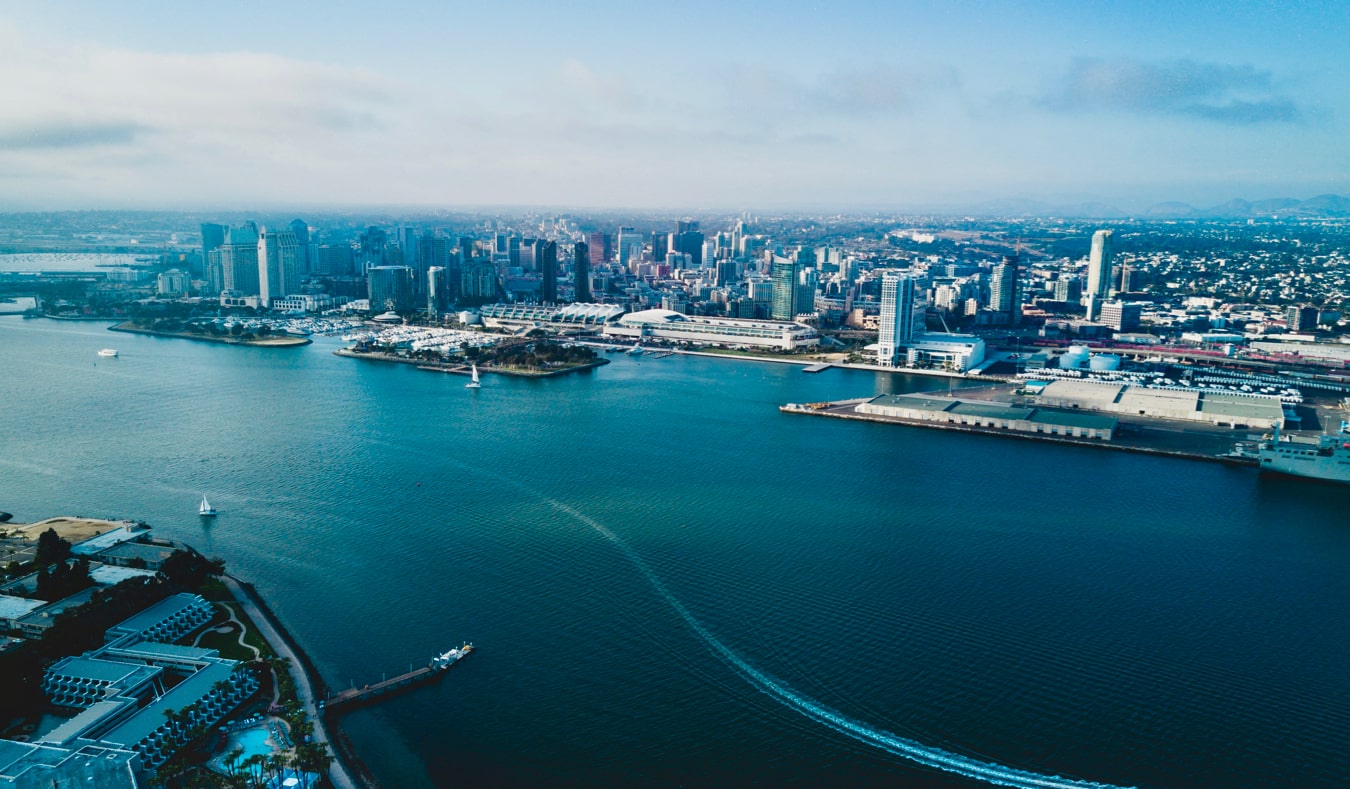
Two hours down the coast is San Diego. It’s a popular city for sure but not as popular as the others. Personally, after LA, it’s my second favorite spot in the state! It’s easier to navigate, cheaper, has amazing weather, awesome beaches, and plenty of great bars and restaurants. Spend two nights here.
Here are some things to do during your visit:
- Visit the USS Midway Museum – This aircraft carrier was the largest ship in the world until 1955. It saw action in numerous conflicts before being decommissioned in 1992 and turned into a museum. You can explore the flight deck as well as many of the rooms below.
- Have fun at Belmont Park – This kitschy amusement park is right next to the ocean and perfect for some cheesy fun. It has a few classic rides as well as games and lots of greasy (and delicious) food and snacks.
- Go surfing – Whether you’re a veteran or a newbie, grab a board and hit the waves. There’s some awesome surfing here. You can usually rent a board for around $30 USD a day. 90-minute lessons cost around $70 USD.
- Visit the San Diego Zoo – Located in Balboa Park and with over 3,500 animals and 700,000 plant species, the San Diego Zoo is a massive, 1,800-acre park where you could easily spend an entire day. It’s one of the best zoos in the country and a great choice for anyone traveling with kids.
- Explore Balboa Park – This is one of the oldest recreational parks in the US. In addition to the zoo, there are dozens of museums, as well as gardens, walking paths, sports fields, stadiums, theatres, and more. It’s a massive cultural center and green space with a ton to see and do.
- Enjoy Pacific Beach – Head to Pacific Beach if you want to soak up the sun, surf, or go for a swim. The area is also known for its nightlife and offers lots of bars, clubs, and restaurants too.
- Go whale watching – Between December and April, California gray whales migrate from Alaska to Mexico. They can grow up to 49 feet long and are incredible to see up close. Tours usually cost around $35 USD.
- Hike Point Loma – This peninsula is where Europeans first arrived in California. You can walk out to the tip and enjoy the sweeping views of the ocean, visit the old lighthouse (built in 1855), and watch locals climb the cliffs of Osprey Point.
Where to Stay
- HI San Diego – This hostel organizes tons of events and tours, includes free breakfast, and has a big kitchen so you can cook your own food to save money.
- ITH Adventure Hostel – This eco-hostel has a vegetable garden (and gives free veggies to guests), a recycling and compost program, and even backyard chickens. There is lots of outdoor common space to relax in too.
For more suggestions, here’s a list of my favorite hostels in San Diego!
Days 3–5: Joshua Tree National Park
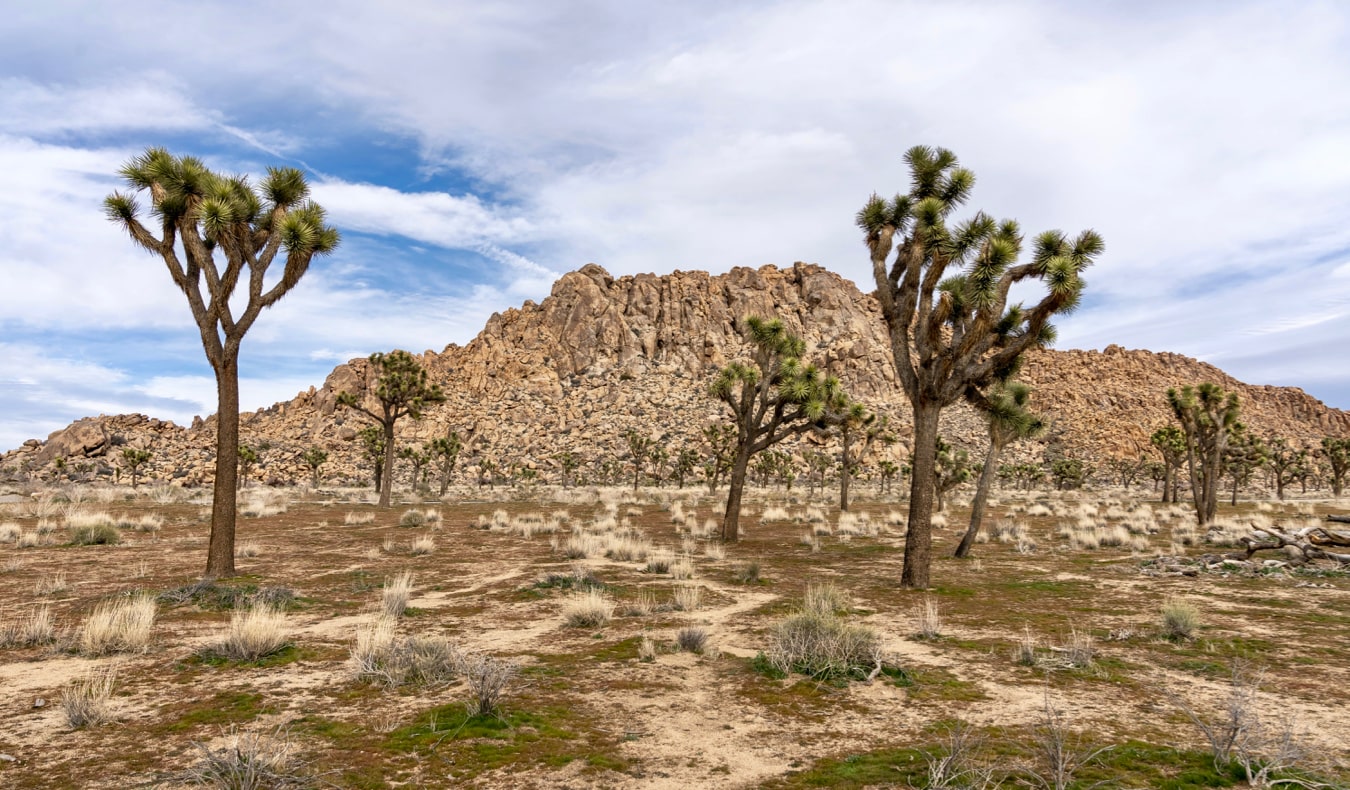
Sandwiched between the Mojave Desert and the Colorado Desert, Joshua Tree National Park offers some of the most incredible landscapes in the country. Swaths of cacti and towering boulders dot the arid panorama, all peppered by the famous Joshua trees and their distinct twisting trunks and branches.
It’s an otherworldly place, a Martian landscape perfect for hiking, camping, and escaping the busy cities along California’s coast. There are countless trails to enjoy, ranging from short and easy to multiday challenges. Some suggestions:
- Ryan Mountain – A steep 3-mile hike offering some incredible views.
- Wall Street Mill – An easy 2.8-mile hike that leads to an old mill used to refine ore during from gold mining.
- Split Rock Loop – A quiet 2-mile hike with lots of neat rock formations.
- Barker Dam Trail – A 1.1-mile loop offering a chance to see rabbits, bighorn sheep, and all kinds of birds.
The visitor center has more information and trail maps. It’s only $30 USD for a seven-day vehicle pass, which is good for multiple entries in case you stay outside the park itself. The park is three hours from San Diego.
Where to Stay
Airbnb is the best option here if you don’t have your own camping gear, although there are also glamping and more rustic options around the area too.
Days 5–7: Sequoia National Park & Kings Canyon National Park

Start early and head to Sequoia National Park. It’s a long drive from Joshua Tree (it takes about 4-6 hours to get there).
The park itself is comprised of towering redwood and Sequoia trees, some of the biggest trees in the world. I’m talking trees so thick you can drive a car though them and so tall that you can’t see their crown!
Start things off by visiting the Giant Forest Museum to learn about the geography, history, and importance of the park. Afterward, walk the Big Trees Trail, a short loop that will get you in and amongst the trees. It also has the largest single-stem tree in the world, General Sherman!
For a sweeping view of the forest, hike up Moro Rock. Standing 250 feet tall, it’s a massive granite dome that juts out of the surrounding hills and forest. Stairs and a viewpoint were built into the rock itself so you can climb to the top safely and enjoy the magnificent vista.
While you’re here, visit nearby Kings Canyon National Park, a mountainous park with beautiful lakes, valleys to hike, and spectacular views. It’s also where you can see “General Grant” (the third largest tree in the world). For a scenic drive, cruise the Kings Canyon Scenic Byway, a narrow road along the side of a mountain that offers more picturesque views of the rugged landscape.
Where to Stay
There are lots of places to camp here, both inside and outside of the parks. However, if camping isn’t your thing (it’s not really mine), there are plenty of lodges and hotels in the area. You can find them via Booking.com.
Day 7: Head back to Los Angeles
After that, it’s back to LA. It’s only a 3.5-hour drive, so if you’re not in a hurry, enjoy the desert views and stop along the way if you see anything that piques your interest.
California is a huge state with unlimited road-tripping potential. And, while there are a million different routes you could take for a seven-day trip, I think this itinerary covers some of the best of SoCal.
Book Your Trip to the USA: Logistical Tips and Tricks
Book Your Flight
Find a cheap flight by using Skyscanner or Momondo. They are my two favorite search engines because they search websites and airlines around the globe so you always know no stone is left unturned.
Book Your Accommodation
You can book your hostel with Hostelworld. If you want to stay elsewhere, use Booking.com as they consistently return the cheapest rates for guesthouses and cheap hotels.
Don’t Forget Travel Insurance
Travel insurance will protect you against illness, injury, theft, and cancellations. It’s comprehensive protection in case anything goes wrong. I never go on a trip without it as I’ve had to use it many times in the past. I’ve been using World Nomads for ten years. My favorite companies that offer the best service and value are:
- World Nomads (for everyone below 70)
- Insure My Trip (for those over 70)
Looking for the best companies to save money with?
Check out my resource page for the best companies to use when you travel! I list all the ones I use to save money when I travel – and I think will help you too!
Want More Information on traveling the United States?
Be sure to visit our robust destination guide to the US for even more tips on how to plan your visit!
The post A 7-Day Southern California Road Trip Itinerary appeared first on Nomadic Matt's Travel Site.
June 29, 2020 at 11:19AM
fom https://ift.tt/2NBNxSx
by IHholiday Travel trip

